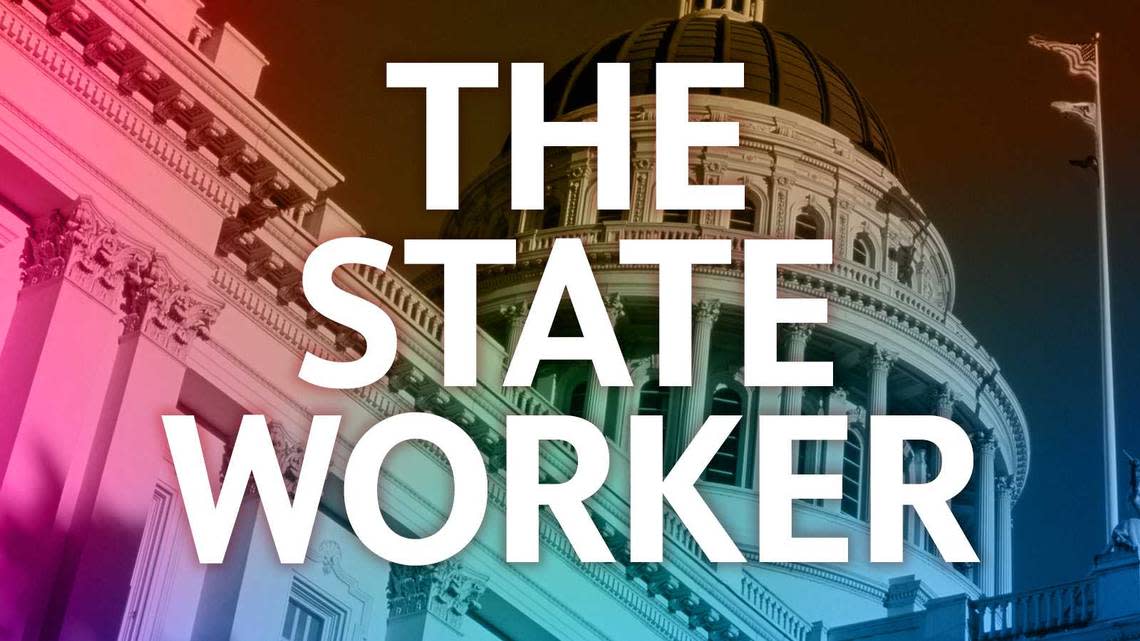CalPERS health premium rates are going up for 2024. Here’s how much more they’ll cost

CalPERS health insurance policyholders will officially see their premiums grow close to 11% on average next year.
The board of administration for the California Public Employees’ Retirement System approved the new rates Tuesday, during the second day of their offsite meeting in Monterey. The vote was split 6-5.
CalPERS provides health insurance for more than 1.5 million people, including roughly 770,000 state and local public employees and retirees, as well as about 770,000 dependents.
The price hikes reflect the larger trend of medical inflation across the country. A combination of rising demand for non-COVID-related health services, high labor costs and a desire to recoup pandemic-era losses have all driven health care providers to raise their prices.
The plan with the highest premium increase is also the state’s most popular: an HMO plan administered by Kaiser Permanente. The monthly price will rise more than 13%, according to the rates approved by the board on Tuesday. That plan serves nearly 550,000 people.
Members who voted yes were CalPERS Board Vice President David Miller, CalHR Director Eraina Ortega, Jose Luis Pacheco, Kevin Palkki and Ramón Rubalcava. Those who voted no were Yvonne Walker, State Controller Malia Cohen, State Treasurer Fiona Ma, Mullissa Wilette and Gail Willis. Board President Theresa Taylor did not vote.
The board also adopted a new method for risk-adjusting its premiums in the future. Currently, PPO and HMO premiums are risk-adjusted separately.
The new policy would, over three years, combine the “risk pools” and effectively raise HMO rates to keep PPO premiums from skyrocketing. Those changes also include an increase of $1,500 in the out-of-network deductible for the state’s popular PPO plans, known as PERS Gold and PERS Platinum.
Prices for those PPO premiums would have soared 19.25% next year under the current two-pool system. But under the new plan to combine risk pools, those premiums will only go up by roughly 12%.
In contrast, the Kaiser HMO would only increase in price by about 11.75% under the two-pool scenario. Under one pool, the rates were estimated to rise by more than 13%.
CalPERS also offers Medicare Advantage policies and Medicare supplemental plans for those who qualify. Included in the offerings are Medicare supplement plans called PERS Gold and PERS Platinum that cover more than 150,000 seniors. The Gold plan premiums will increase by 3.5%; the Platinum premiums will go up about 7%.
Medicare Advantage plans will also increase by more than 13% on average. The popular Kaiser Permanente Senior Advantage plan, which covers more than 108,000 enrollees, will spike in price by more than 14%.
The rates the board approved on Tuesday are nearly identical to the preliminary rates proposed in June. The only changes were to two Anthem Blue Cross HMO plans: the Select HMO will only increase by 2.4%, rather than 9.2%, and the Traditional HMO will increase by only 7.3% rather than 7.8%.
California pays about $690 per month toward individual state workers’ plans. The state previously offered an additional $260 health insurance stipend to members of SEIU Local 1000, but the benefit ended when Local 1000’s contract expired June 30.
Open enrollment for 2024 will take place this fall from Sept. 18 to Oct. 13.
Board asks: Can we say ‘no’ to Kaiser price hikes?
Board members and public commenters expressed shock at the significant price hikes across Kaiser Permanente’s plans — most of which were in double-digits. Kaiser’s Senior Advantage Summit plan, which serves about 5,000 Medicare recipients, will jump in price by nearly 15%.
California State Controller Malia Cohen pushed chief health director Don Moulds on the question that many people had on their minds: What if CalPERS walked away from Kaiser and refused to accept its rate increases?
CalPERS is the second largest purchaser of health insurance, behind only the federal Centers for Medicare and Medicaid Services. Surely, Cohen said, that leverage counted for something.
“Would it force Kaiser to come back and negotiate and say, ‘We made a mistake, we can actually go lower’?” Cohen asked.
Moulds said CalPERS and Kaiser were in negotiations for months, and during those conversations the rate increases dropped from about 16% (before risk-adjustment) down to about 10%. He agreed that CalPERS was a crucial client for Kaiser, but Kaiser was also the largest provider of healthcare for CalPERS policyholders. They need each other.
“It would have a devastating effect on Kaiser to not have CalPERS in their portfolio. We are, I believe, their largest client,” Moulds said. “It would be devastating, in my view, for our members too.”
The only way for patients to see Kaiser providers in-network is by having a Kaiser insurance plan, Moulds pointed out. If the board voted against the proposed rates – telling Kaiser, “No, we won’t take your increases” – then more than 650,000 CalPERS families who are on Kaiser plans would have to go out and find new plans
“It is genuinely a difficult spot for both parties,” Moulds said. “If we just couldn’t afford Kaiser going forward, my strong recommendation would be to gradually make changes, not to do something in a single year by essentially throwing them out and asking our members to go find somebody new.”

